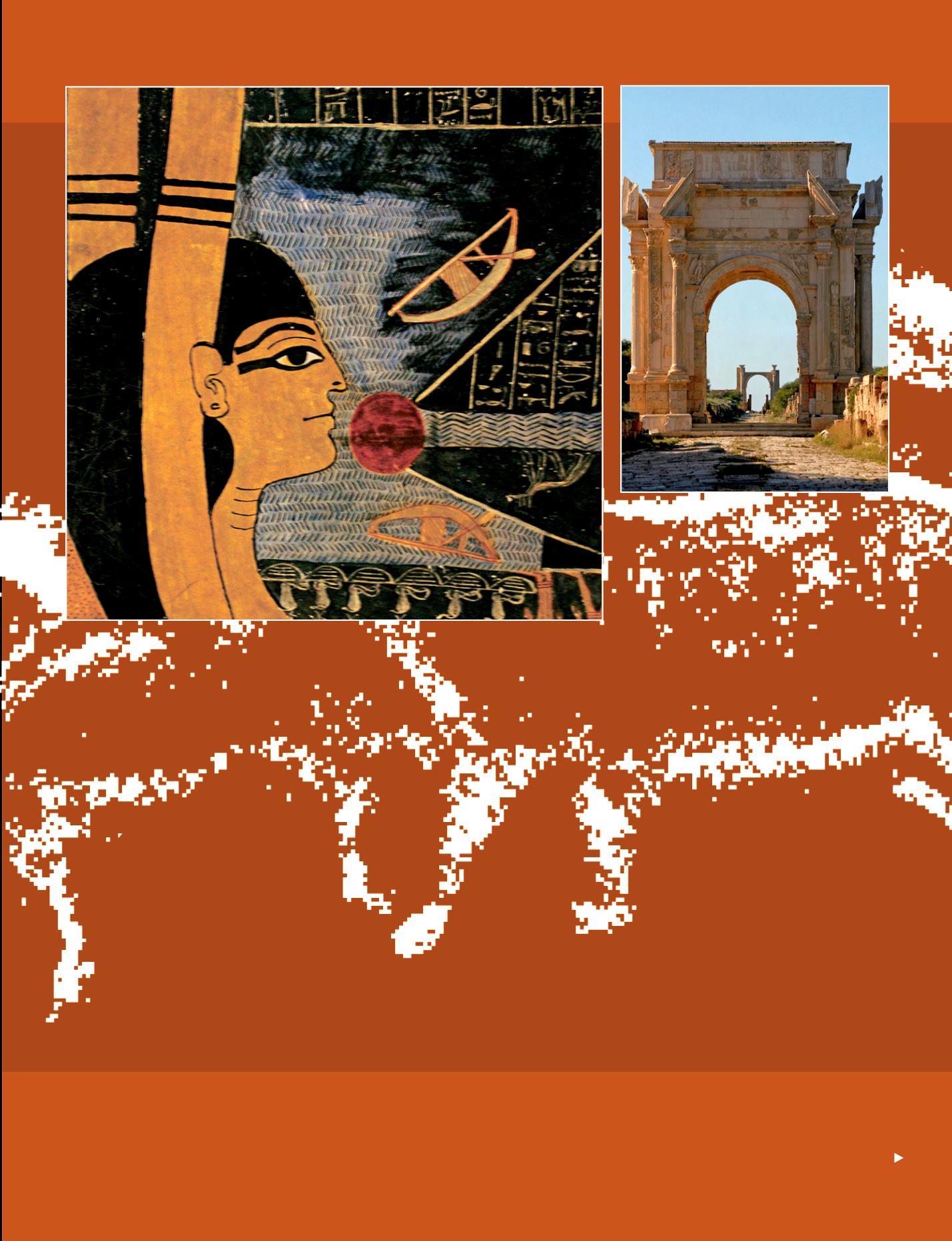
T
he hypothesis that Africa is the
‘Cradle of humankind’ continues to
be fortified by finds that allude to
the perception that the common ancestor
of humans and other apes lived in Africa
and that the divergence of the two lineages
took place here. Molecular studies so far
have put the divergence of humans and
chimpanzees (closest relatives) at 7-5 Ma
and that of gorillas at 9-8 Ma (Kunimatsu
et al., 2008).
A continent that once daunted explorers,
historians and colonialists alike is
arguably one referred today, as the Cradle
of Humankind, the home of our own.
Thousands of hominin fossils and cultural
artifacts have been recovered especially
within its rift systems. South Africa boasts
evidence of earliest human genes but
other countries including Ethiopia, Sudan
and Kenya have high genealogical diversity
especially among its people. For example
theTurkanapeopleofNorthernKenyashow
that there have been long-term trade and
movements within its territory. In his book
‘The journey of Man: A Genetic Odyssey’,
Spencer Wells describes how humans left
Africa to populate other parts of the world
beginning about 60000 years ago. This
confirms that the human species has lived
in Africa longest and also strengthens the
“Recent African Origin” (RAO) hypothesis
which proposes that modern humans are
the product of a speciation event in the late
Pleistocene in Africa.
This puts Africa in a diversity spectrum
with such fossils finds as
Sahelanthropus
tchadensis
nicknamed Toumaï (‘hope of
life’ in the local Dazaga language of Chad),
Kenyanthropus platyops, Australopithecus
africanus, Australopithecus boisei, Homo
habilis, Homo erectus
(‘Lucy’ and ‘Turkana
Boy’) as well as
Homo sapiens
.
A common ancestor
These fossils still set forth a continent
that may have had human diversity since
time and which today continues to display
that diversity embedded in unity. There
are a number of clear trends (which were
neither continuous nor uniform) from early
australopithecines to recent humans:
increasing brain size, increasing body
size, increasing use of and sophistication
in tools, decreasing tooth size, decreasing
skeletal robustness. Through this diversity
however is a common ancestor, one
that continues to be elusive but one that
definitely unifies humankind.
With modern humans came diversity as
exhibited through their culture, economy
and social activities. These traits, though
diverse, were and continue to be shared
through innovations and advancement of
technology as well as through material
culture. For example, the earliest tools
known tomanwerenevermade in isolation.
People either traded stone choppers and
bone needles among them or shared
the knowledge and the raw material to
make them.This same technology was
and continues to be developed today. For
example, iron making is a technology
which has been advanced through time for
economic efficiency. Similarly, the ceramic
technology was practiced in the past in
pot making and today the Asians have
perfected the same technology in making
diverse ceramic products.
The development and management of
natural resources have often been drawn
from modern science as well as from
indigenous knowledge. In utilizing modern
science we aim to improve the way that
we manage our resources, especially
using modern technologies such as large-
scale irrigation, chemical fertilizers and
i
The site of Leptis Magna (Libya) is one
of the most spectacular and unspoiled Roman ruins
in the Mediterranean.
© Y. Rouillon/Suds-Concepts
o
Ceiling of the tomb of Ramses VI (1237 BC
to 1145 BC), Luxor West Bank (Egypt), showing the
goddess Nut swallowing the sun god in the evening.
© J.D. Dallet/Suds-Concepts
Identities - 9


